Deutscher Wachtelhund
Deutscher Wachtelhund is recognized as a versatile and friendly dog breed originating in Germany. These dogs are relatively rare, and if you are interested in getting one, be prepared for a long wait. These dogs are natural hunters but are very adaptable. They fit best into a countryside area but adapt to any living conditions if their needs are met.
Deutscher Wachtelhunds are great family dogs that require a lot of attention. If you leave Deutscher Wachtelhund at home alone for too long, they can develop separation anxiety. In most cases, these dogs are used for waterfowl hunting.
FUN FACT: These dogs also go by the name – German Spaniel.

Height:
18–21 in (45–54 cm)

Weight:
40–55 lb (18–25 kg)

Origin:
Germany

Life Expectancy:
12-14 years
Dog Breed Characteristics
Appearance
The Deutscher Wachtelhund is a medium-sized dog breed with a strong bone structure. These dogs have dark noses and strong muzzles. Usually, they have brown eyes, and their ears are typical of spaniel dogs - long with curly hair. They are athletic dogs with muscular and robust backs. The chest of a Deutscher Wachtelhund is moderately deep.
When it comes to the size of the Deutscher Wachtelhund, the standard describes a medium-sized dog that should be between 40–55 lb (18–25 kg) and between 18–21 in (45–54 cm) tall at the shoulder. However, there is a wide range of sizes available.
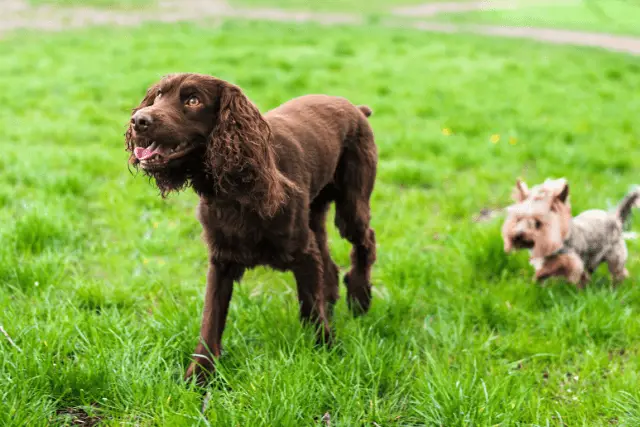
Coat type and color
A medium-length coat covers the entire body of the German Spaniel. It has a thick, grainy feel that is a little bit harsh. It has wavy or curly hair. The legs and tails of these dogs should be thickly feathered but not to the point where it interferes with their ability to do their job. Although their outer coat is harsh, they have a soft undercoat.
The fur of a Deutscher Wachtelhund shouldn't be silky or excessively supple for them to walk comfortably. When hunting in the thicket, the coat keeps them warm and protected.
Deutscher Wachtelhund coat colors:
- Solid brown
- Brown roan
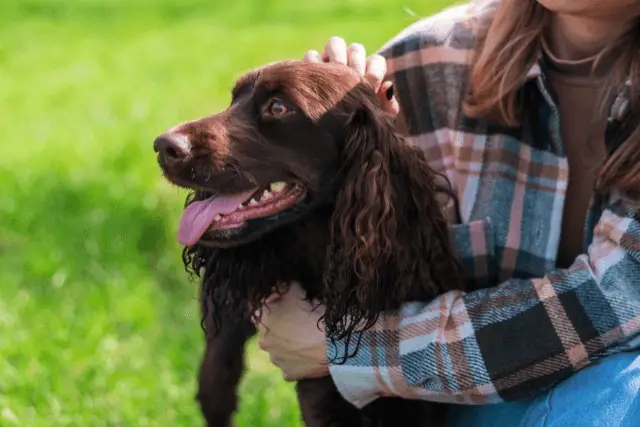
Temperament
It's hard to overstate how versatile the Deutscher Wachtelhund breed is. These dogs are always on the go and eager to please, making them an excellent choice for a family with active lifestyles. It is also very docile and accepting of strangers, never displaying aggression without being provoked. Hunters are still the primary owners, but this dog is getting more popular in the role of a family dog.
Keeping the Wachtelhund in a confined space or under-stimulated can lead to vocalizations or destructive behavior, such as digging or chewing, especially if they're bored and have nothing to do.
The German Wachtelhund is friendly and outgoing and should never show any signs of timidity or fear. Bloodhound-like scenting abilities have earned these dogs the nickname "Aggressive Hunter."
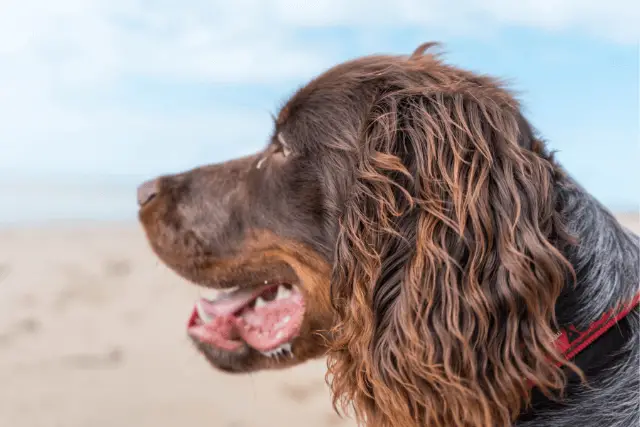
Care guide
Maintaining regular veterinary appointments for your Deutscher Wachtelhund will help you catch any health issues before they become serious. Overfeeding and lack of exercise can lead to weight gain in Deutscher Wachtelhunds. Here are the most important aspects of Deutscher Wachtelhund's care.
Grooming
Grooming the Deutscher Wachtelhund regularly is required if you want to keep their coat healthy. These dogs should get grooming treatments often. To ensure that you do a good job, you must use a metal comb and a pin brush.
This breed is a seasonal shedder with a moderate shedding pattern. When they're shedding a lot, you will have to groom this dog at least 2 -3 times a week.
These dogs should have their ears checked and cleaned once a week because they have droopy ears. These types of ears are prone to infection, especially in dogs that work in and near water.
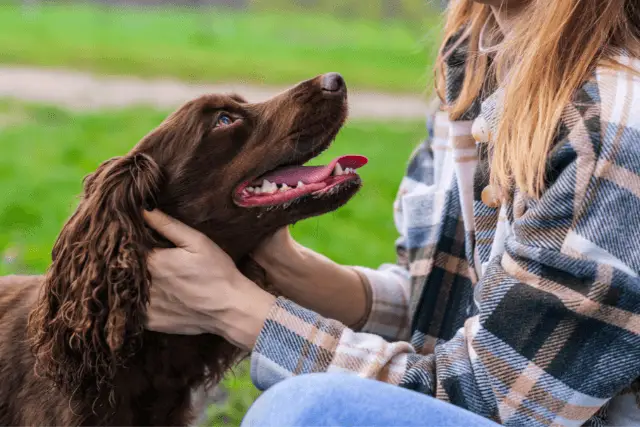
It's best to check their ears for debris or pests daily and clean them with pH-balanced ear cleaners. Trim your dog's nails at least once or twice a month to prevent them from becoming overgrown. They shouldn't be clicking against the floor, and if you can hear them, it means they're getting too long.
Many dogs are prone to dental problems, so they brush their teeth daily. You can learn how to brush your dog's teeth HERE.
Training
The German Spaniel is an easy dog to train for a hunting career. Although it is quick to leave its owner's side when in an open area, it will always return without complaint.
All dogs need to be housebroken, but this friendly breed shouldn't have any issues because it isn't known for being difficult to housetrain.
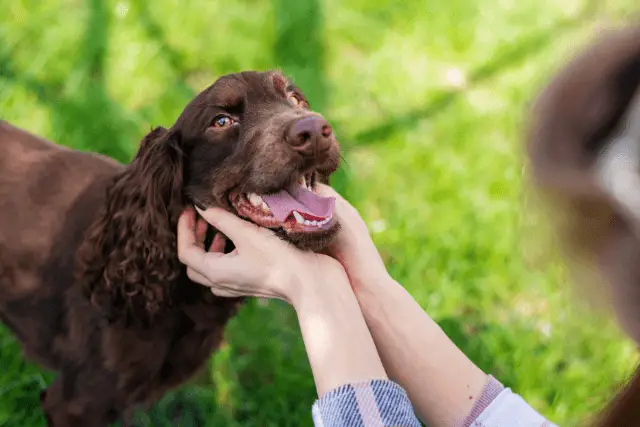
Exercise needs
There should be no days when this dog is not given several hours of vigorous activity, as the German Spaniel should ideally be able to exercise more than it rests. Indoor activities are another option for getting some exercise. Swimming, hiking, retrieving balls, and flying discs are excellent ways to burn off excess energy outdoors.
Despite this activity, it maintains an alert and spirited demeanor at home, making it unsuitable for owners and families who prefer a slower life pace.
The German Spaniel needs loads of room to run, play, and sniff around, just as you might expect from a hunting breed.
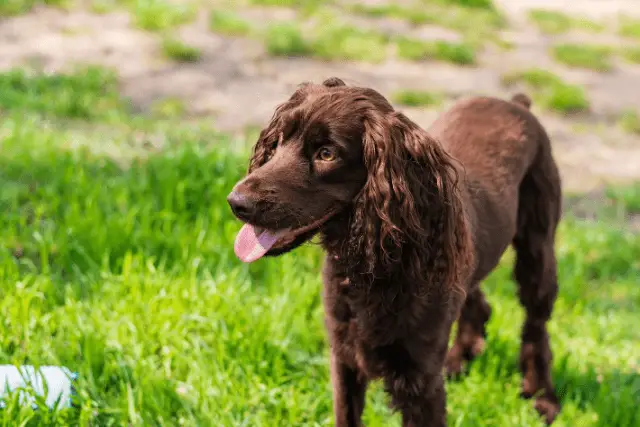
Socialization
Early socialization is essential if you want to get the best dog possible. As soon as you bring your new German Spaniel home, begin the socialization process. You can prevent your dog from becoming timid or aggressive through proper socialization.
Your Deutscher Wachtelhund will be better prepared for various situations if they're exposed to a wide variety of people, animals, sights, and sounds.
Deutscher Wachtelhunds and kids
Deutscher Wachtelhunds can spend hours playing with children of all ages, but they may be better suited for older children or adults who better understand how to safely interact with dogs.
The Deutscher Wachtelhund will be a perfect playing companion for children who learn early on how to approach and play with a dog of this size.
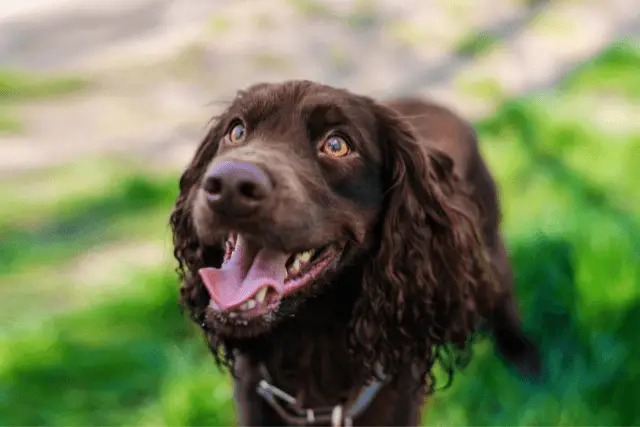
Deutscher Wachtelhunds and other pets
Early socialization and gradual introduction are critical to the Deutscher Wachtelhund getting along with other animals. It's best if they're exposed to other animals as soon as possible, even as a puppy. Even though they get along well with other dogs, they're not suitable for homes with non-canine pets because they will see those pets as prey.
If they aren't exposed to cats as puppies, they may not treat them with respect.
Health
Deutscher Wachtelhunds are generally healthy dogs, but like most dog breeds, they can suffer from some health problems. For prospective owners, there are several conditions to be aware of. This includes hip dysplasia, which may cause mobility issues and early arthritis development.
Other problems include:
- Allergies - different food, medications, or dog products can cause allergic reactions in these dogs
- Ear infections - regularly check your dog's ears for any signs of redness or bad odor
- Skin problems - you will see frequent redness, scratching, or biting of affected areas
- Epilepsy - these dogs can have seizure episodes
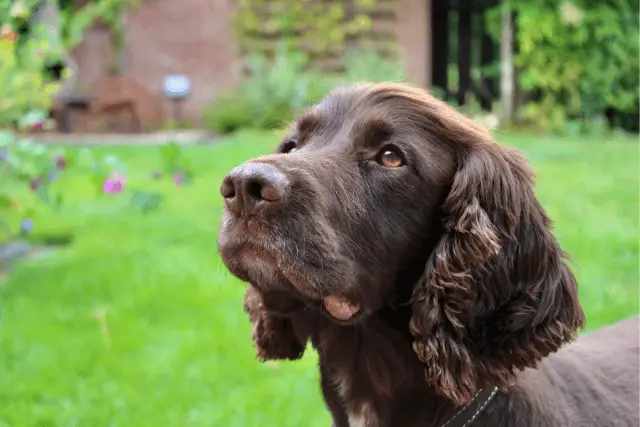
Deutscher Wachtelhund breeders
The most important thing is to get a dog from a responsible and reputable Deutscher Wachtelhund breeder. Responsible breeders will breed dogs that don't only look good but also have great characters. You must find a good Deutscher Wachtelhund breeder that can help you learn about this breed and make an informed choice about getting a dog with these characteristics.
Buying a dog from a responsible breeder might cost more initially, but you can be sure that you will get the healthiest puppy possible. If you cannot or will not buy a dog, we advise you to take a look at your local animal shelters because there is a chance you might find Deutscher Wachtelhunds in them.
SEARCH DEUTSCHER WACHTELHUND BREEDERS
World Dog Finder team

Updated at31.08.2023.
Breed History
The German Wachtelhund excels at the flushing game. The German Spaniel is a descendant of the Stoeberer, a hunting dog that has been extinct for decades. At the time, the ruling classes in Germany owned most of the Stoeberers, giving them a virtual monopoly on hunting. Stober Dog was created before the German Revolution.
In post-revolutionary Germany, the commoners looked for a hunting dog, but they couldn't afford to keep kennels stocked with different hunting breeds. The German Spaniel was developed as a forest hunting dog to meet their demands.
The Wachtelhund was first recognized as a distinct breed by Frederick Roberth around 1890, following extensive breeding of Stoeberers with other spaniels and water dogs.
In 1903 the Verein fur Deutscher Wachtelhund (VWD) was founded and is still active today. The Verein fur Deutscher Wachtelhund had its own set of hunting performance tests by 1908. In 1910 the VWD adopted and implemented the official standard for this breed.
Today, professional hunters in Germany own nearly all of the remaining Deutscher Wachtelhunds. In most cases, people that don't hunt haven't heard of this breed.
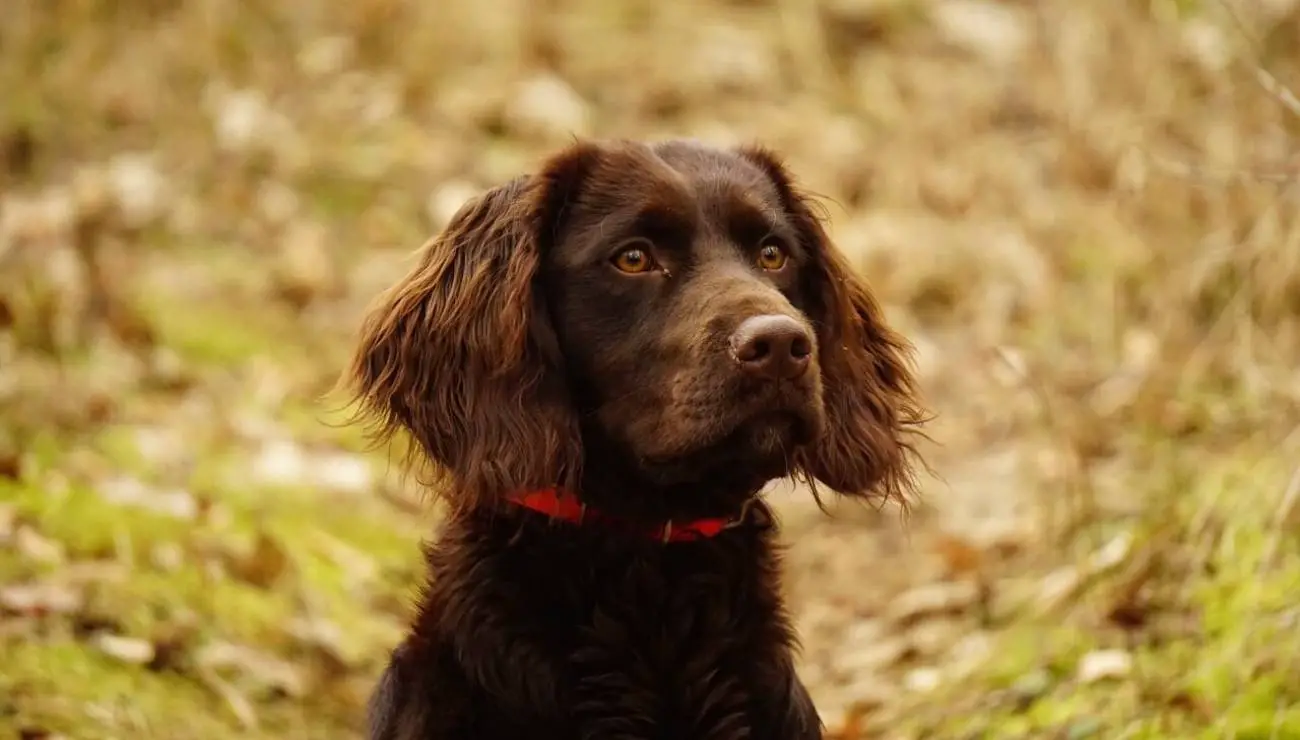
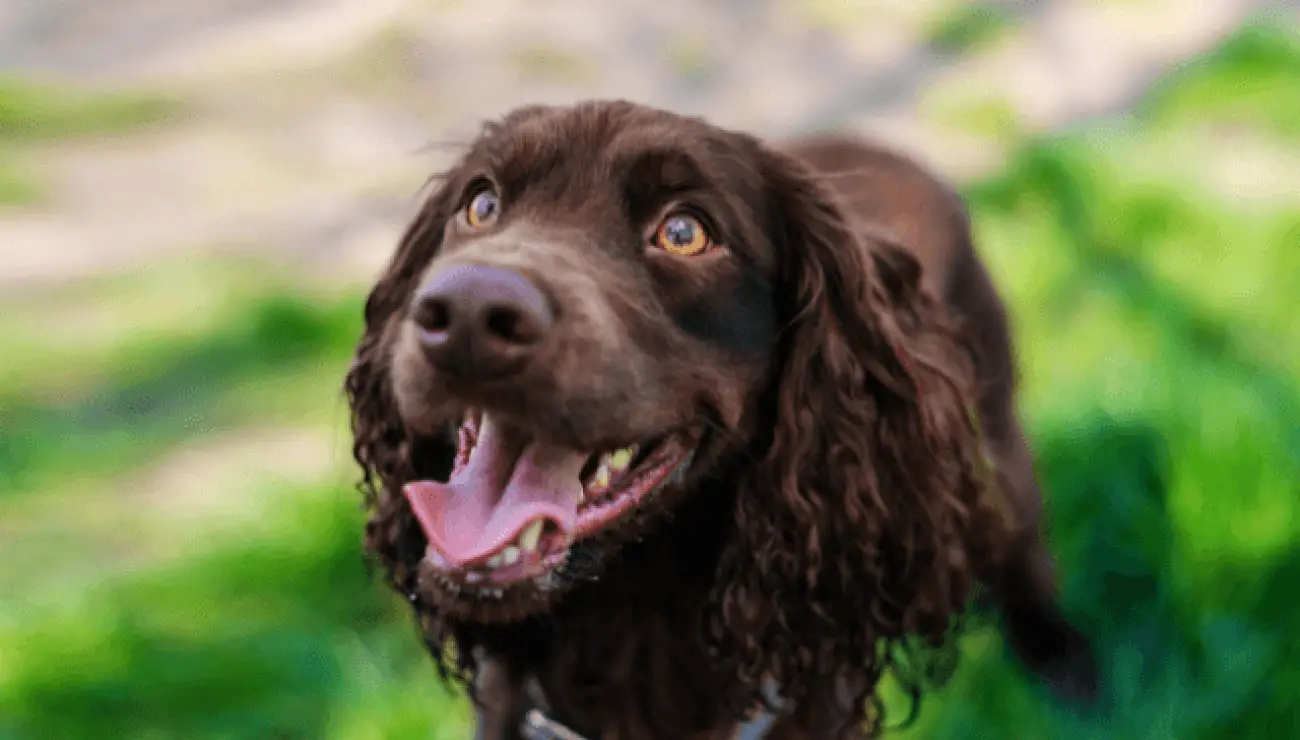
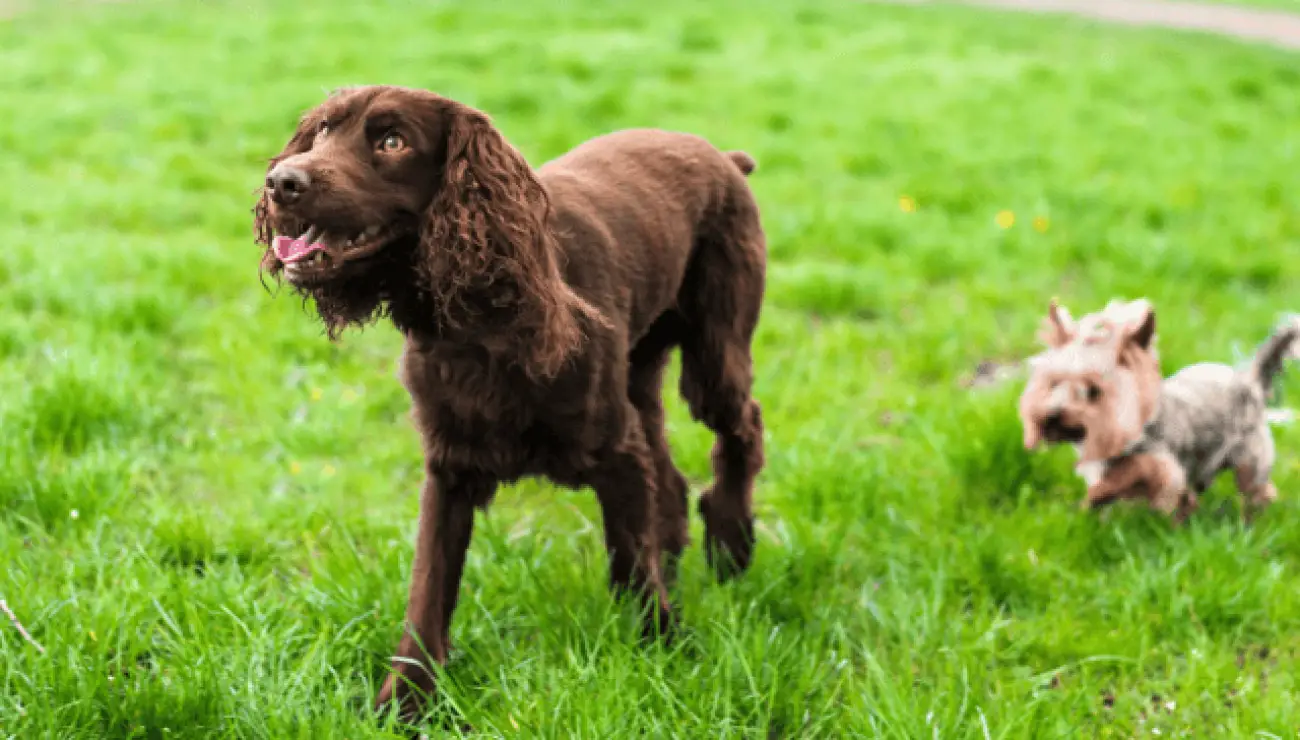
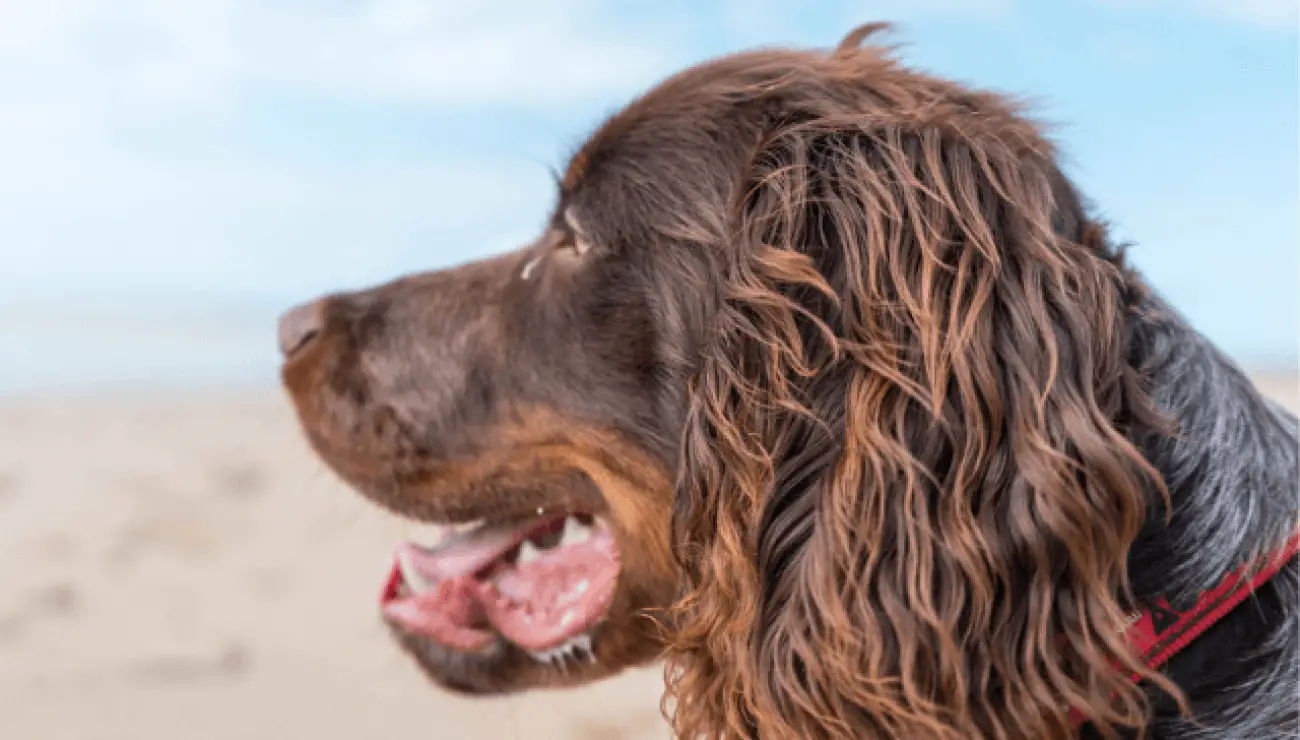
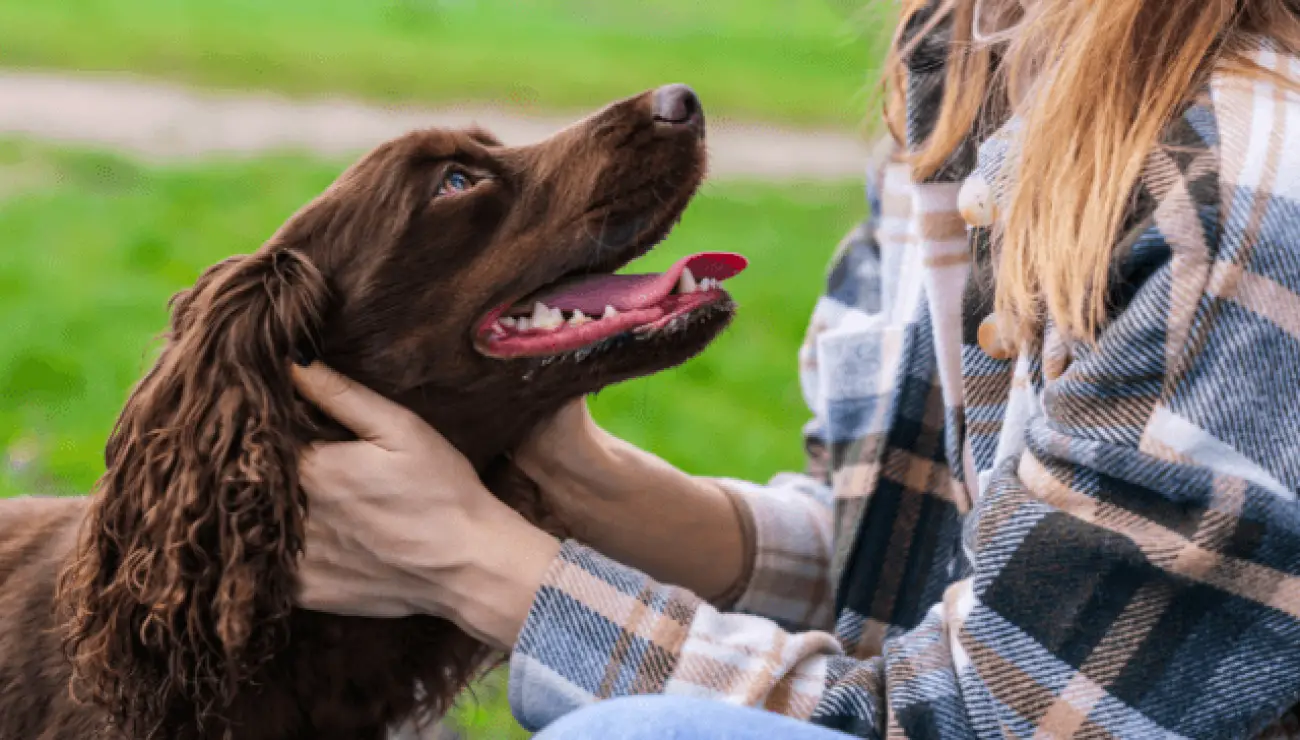
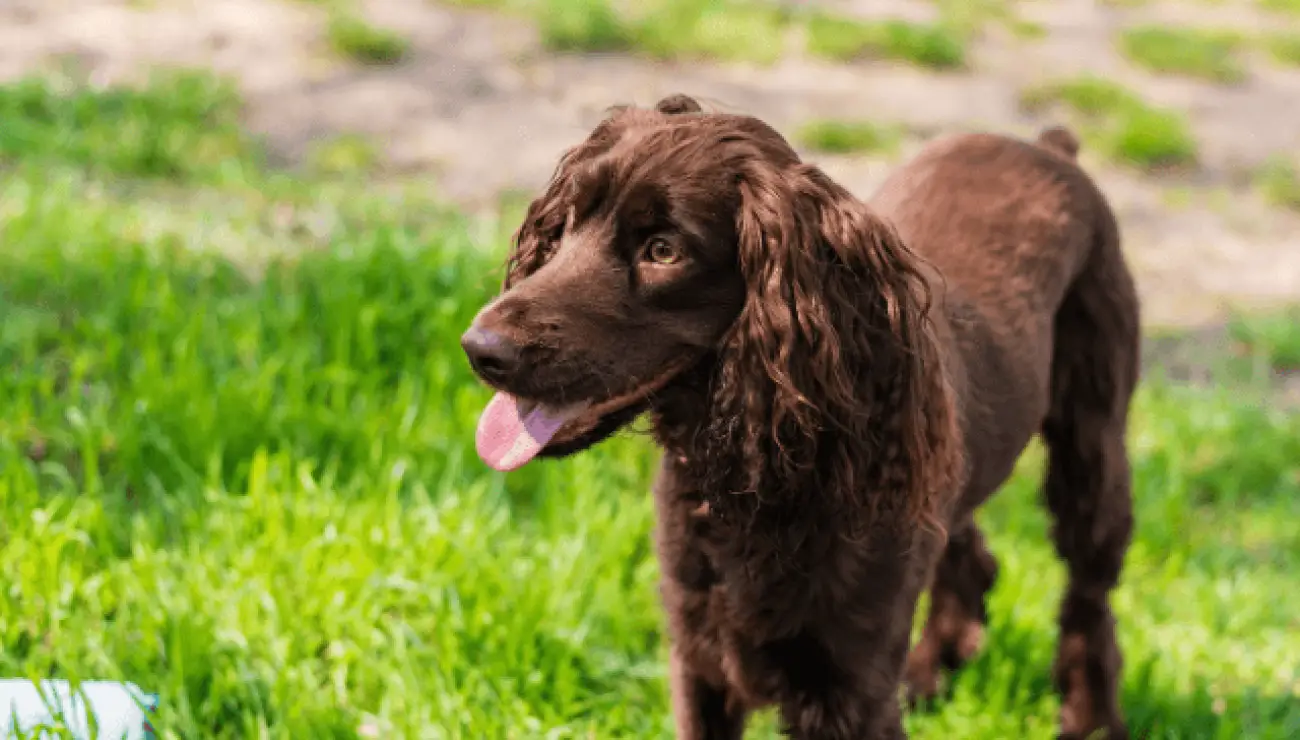
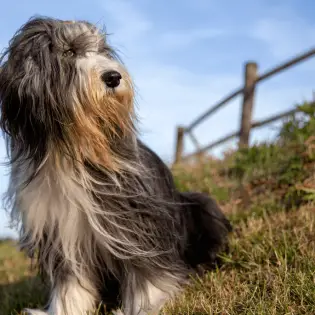
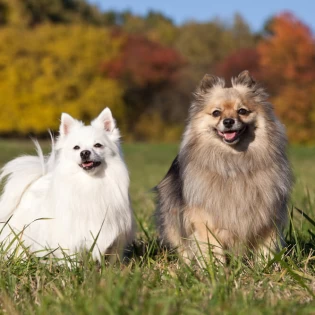

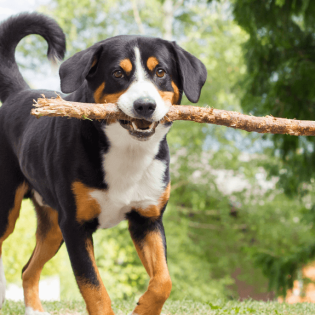



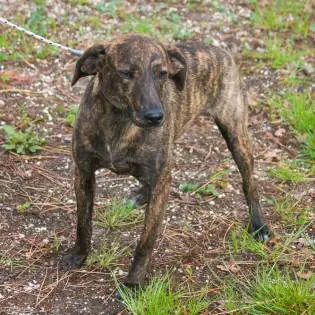
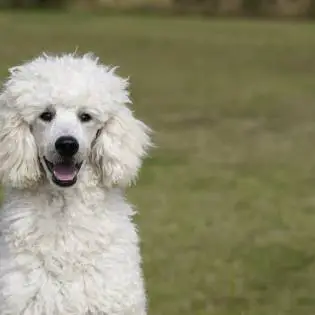


Share